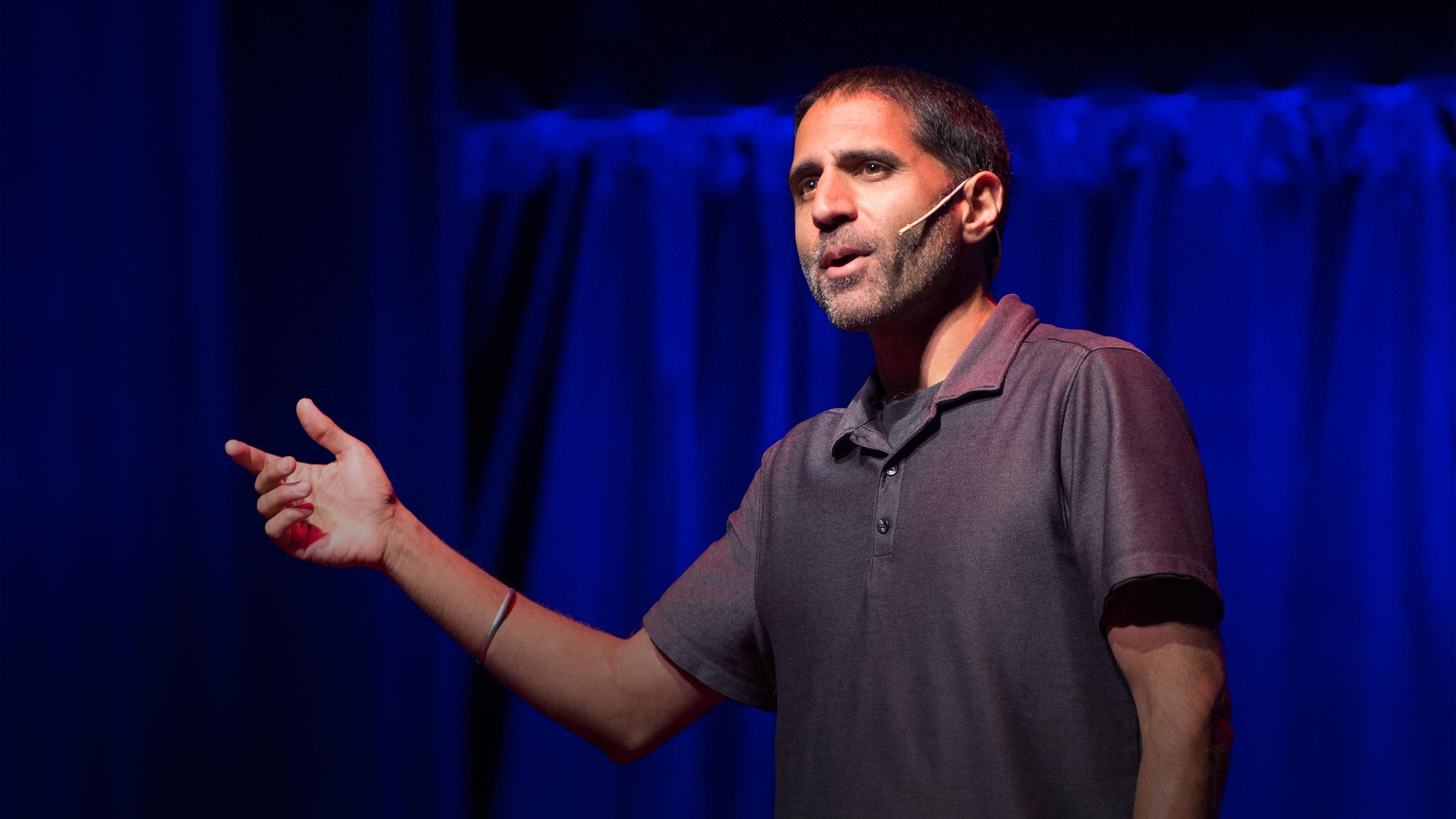It's because Medicaid pays less than private insurances. Also, Medicaid patients are shown as more challenging patients. Some show up late for appointments, some don’t speak English, and some have trouble following instructions.
His medical team has served more than 50,000 medical refugee visits. 90% of his patients have Medicaid and most of the rest, he sees for free.
Parmar paints a picture of a patient that has no phone minutes or phone access. She takes the bus because she cannot drive, and she has disability family members or young children to take care of. This scenario is the reason why there are no appointments. The patient shows up when she wants and is able to.
His clinic is cheaper than the alternatives. He serves 15,000 refugees a year at a lesser cost than where they’d be going elsewhere.
The only way we are going to bridge the underserved medicine gap is by seeing this as an opportunity. In order to bridge the inequality gap, we have to recognize our privileges and use them to help others.
